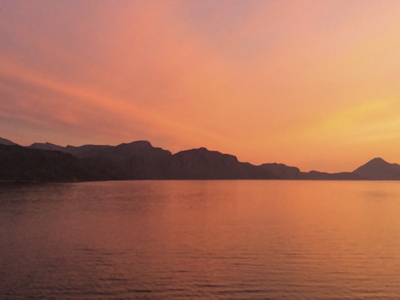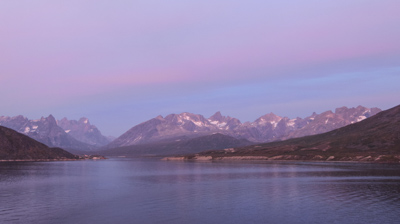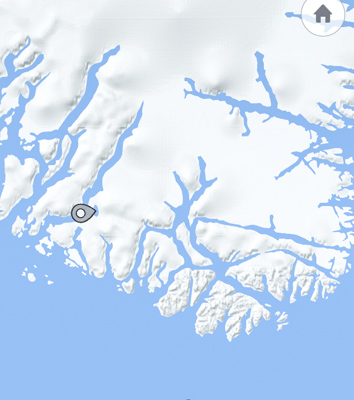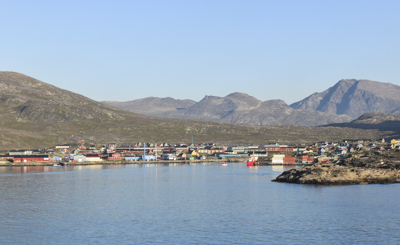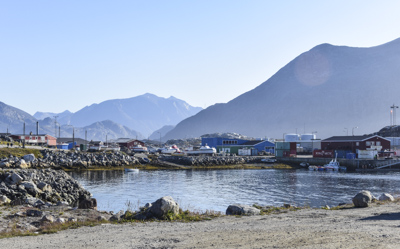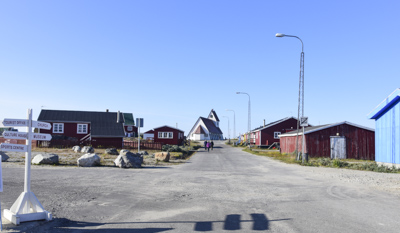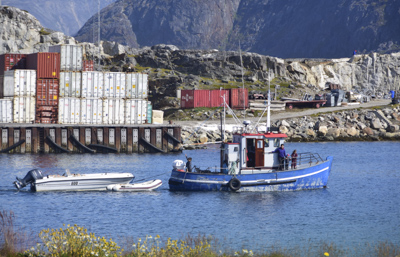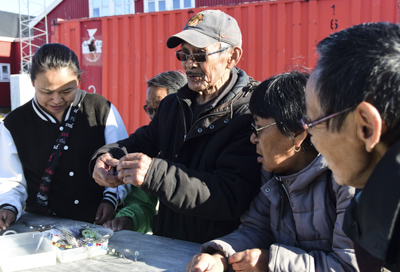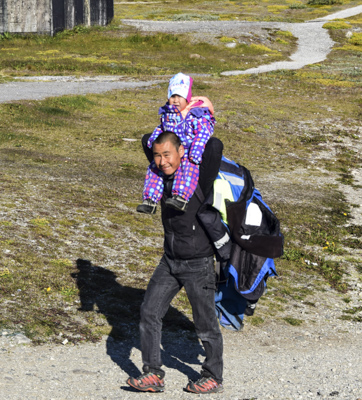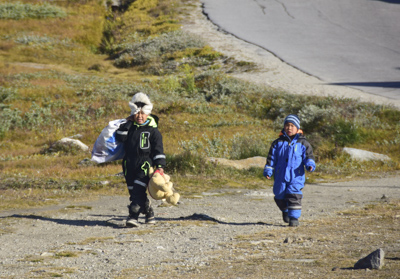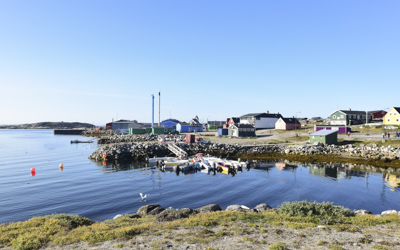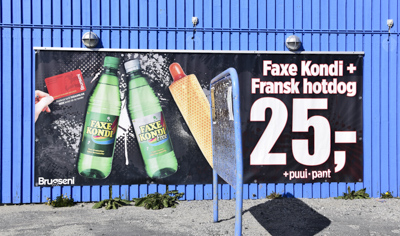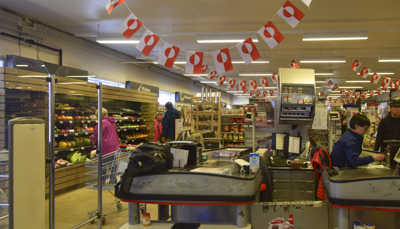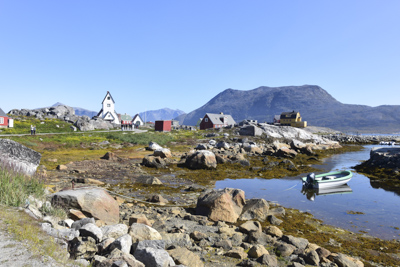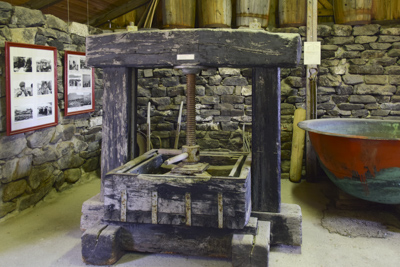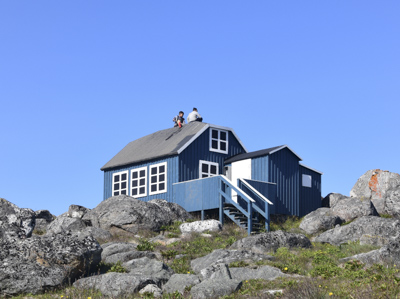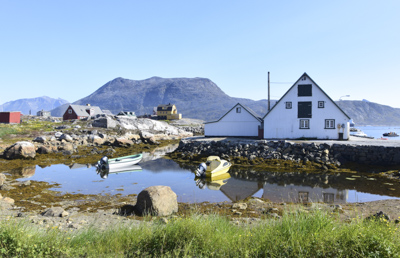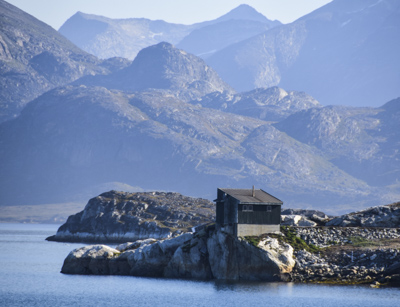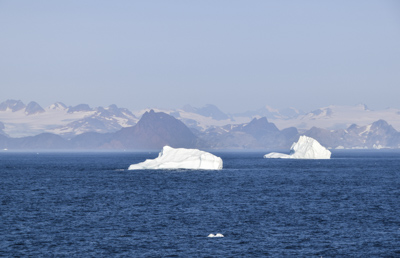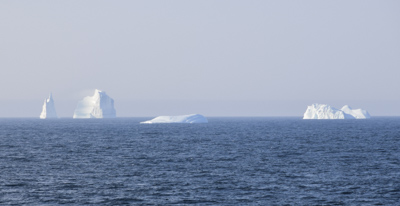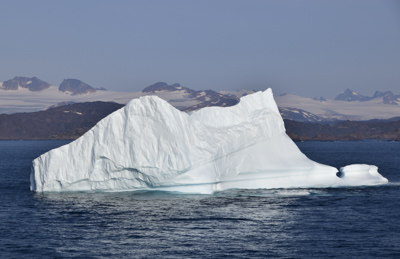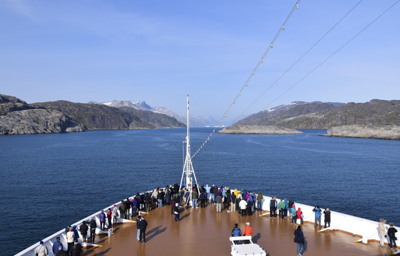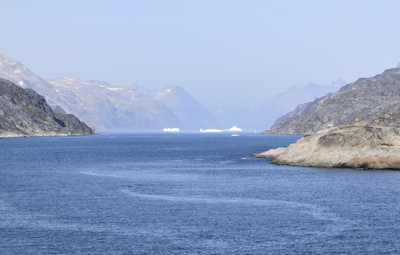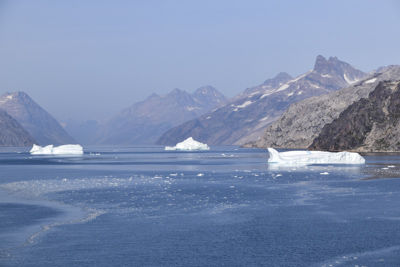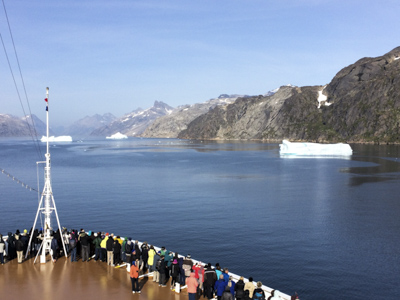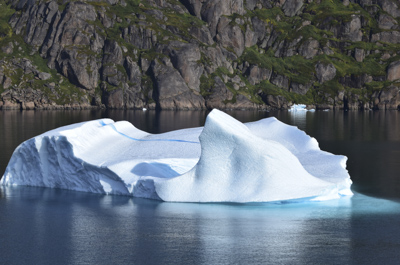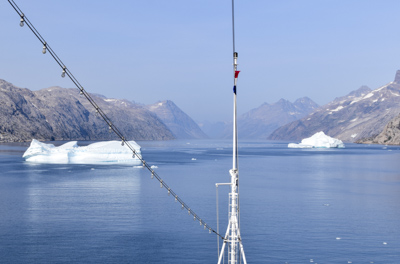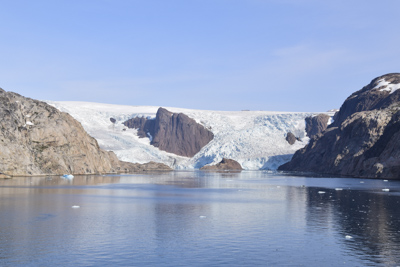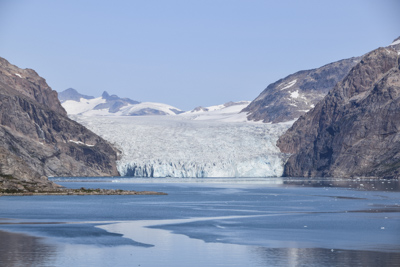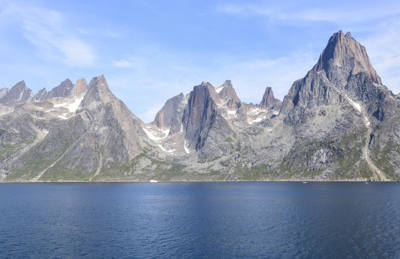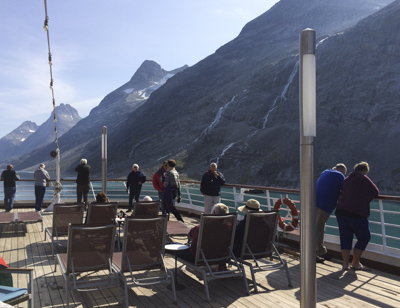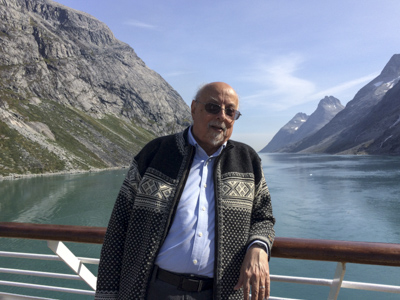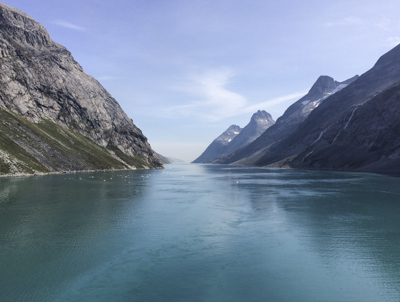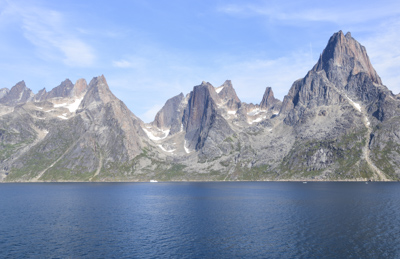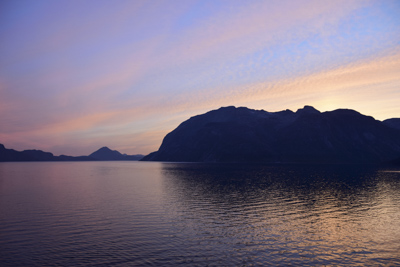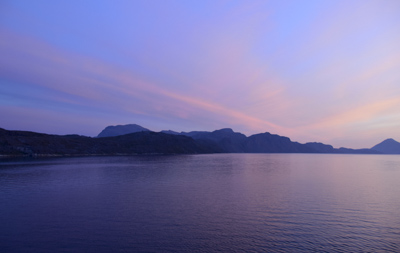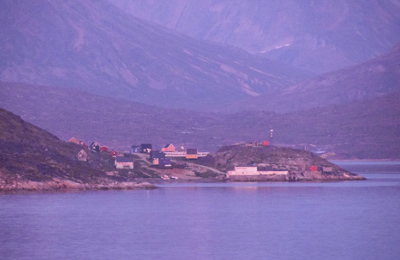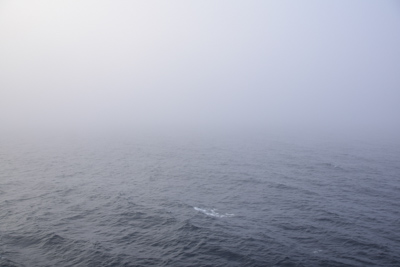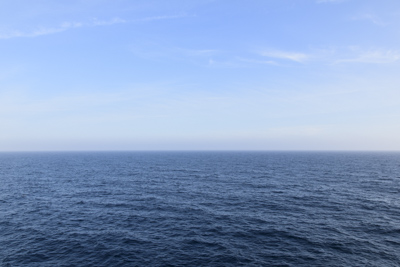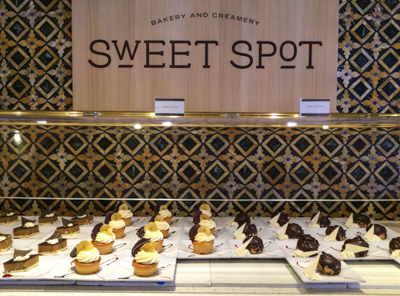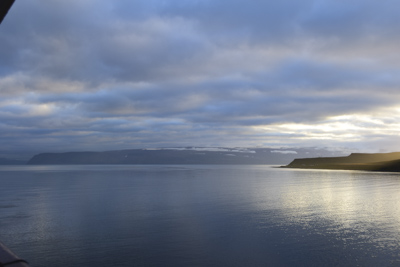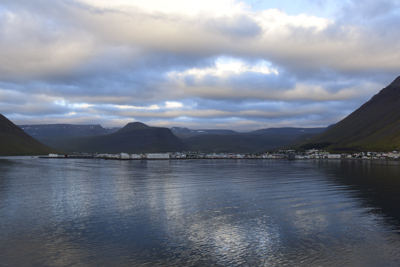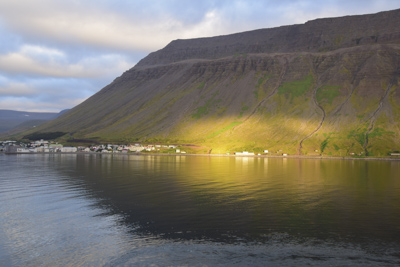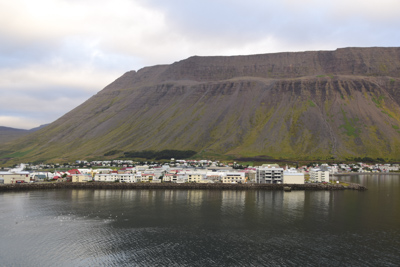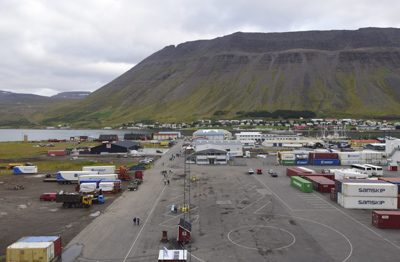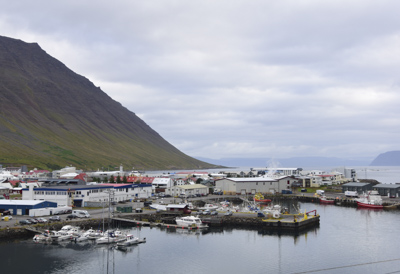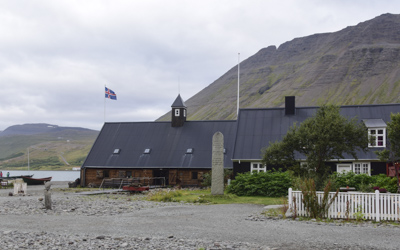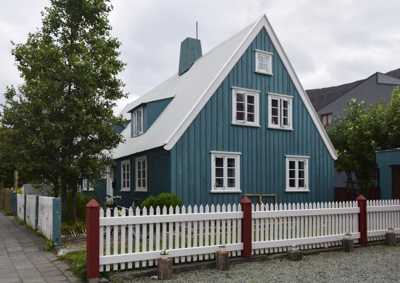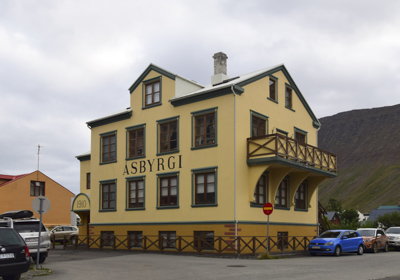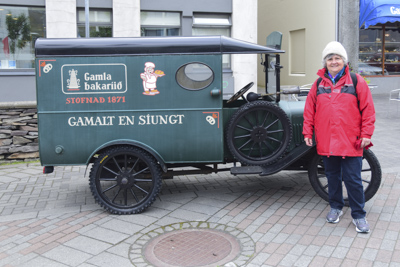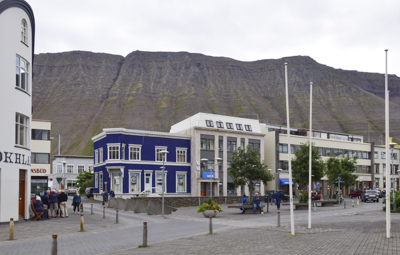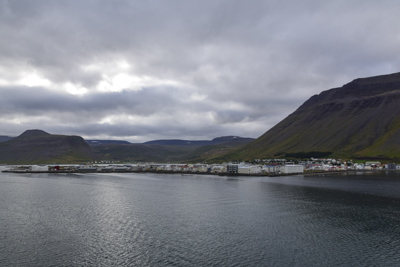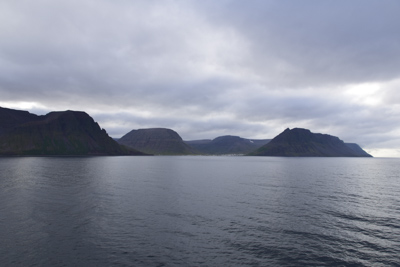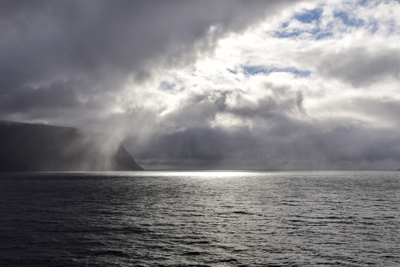September 3, 2017
There were four long blasts of the horn to say goodby and the M. S. Rotterdam slowly pulled away from Nanortalik, Greenland yesterday afternoon. The ship moved at a snail’s pace through the waters of Cape Farewell’s fjords trying to avoid icebergs, or “sea ice” as they call them here.
The sea ice drops into Davis Strait and the Labrador Sea from glaciers on the western coast of Greenland. Currents, wind, and tides slowly move them southward along the strait which is commonly known as “Iceberg Alley.”
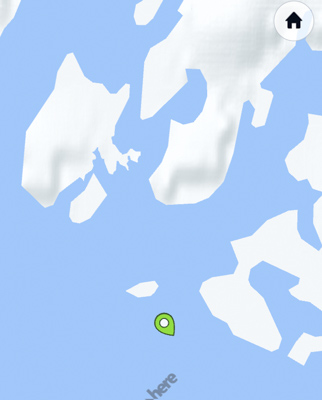
Again we have two Ice Pilots from Greenland aboard to assist the captain to get us through the treacherous waters. We will meet them in the theater later this afternoon for a Q & A Session.
Once the ship was clear of the rocky coast of Cape Farewell, the southern most part of Greenland, we picked up speed and cruised through Iceberg Alley in a southwesterly direction toward Canada. The seas were rough all night with winds upward of 45 miles per hour, so the ship rolled and pitched. Our cabin creaked and swayed with the rise and fall of the ship on the undulating sea.
A few facts are shown all day long on one of the channels of our television: wind speed, temperature, sunrise, sunset, depth of the water, and distance covered since we left Boston on August 2nd. I love to see the progress of the ship and the change in wind and water. This morning, as we crossed the Labrador Sea, it was 11,840 feet deep. We have traveled almost 8000 miles in thirty days. Amazing trivia!!
Now that we’ve been cruising for a month, we’re still not sure if cruise ships are for us. This particular cruise is filled with staunch Holland America groupies. Of the 1400 passengers aboard, one thousand are 4 or 5 Star Mariners which means a significant number of them have cruised on HAL for more than 500 days. Of the remaining 400 passengers, there is a significant number of 3 Star Mariners who will move up to 4 Star status after this cruise. When we asked these people about the benefits of Mariner status, they unanimously answered, “free laundry.” Seems like a steep price to pay for clean clothes.
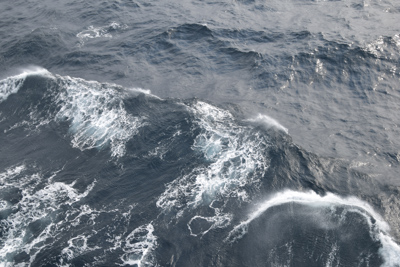
Translated this means: entitlement. As one woman with more than a thousand cruise days told us, “I paid for this ship.”
We spoke to one man who informed us that he had already accumulated 207 cruise days so far this year (!!) and this was his 10th Voyage of the Viking cruise. Yes, he has taken this cruise nine previous times. Unbelievable….
I think I could be the only NO Star passenger on the ship, (my first Holland America cruise) but I remain openminded. Jeff has ONE star; I don’t know why or how he got it and I didn’t, since this is his first HAL cruise also. So, as I said, I might have the distinction of being the only No-Star Mariner….
We’ve met people with thousands of cruise days and many multiple Grand Voyagers – that means they’ve sailed around the world. The vast majority of passengers are seniors, spanning the decades from retiree through to their 90s. There are many staunch sailors with canes, walkers, and wheelchairs. Gives me something to look forward to!
One positive aspect of this cruise line is that it has interesting lectures. Today is a Sea Day, so there were four lectures. The first was Location Guide Barbara, presenting information about St. John’s, Newfoundland. Then Tim Calvert talked about Christopher Columbus. This topic seemed a bit a bit strange to me since this is the “Voyage of the Vikings.” However Tim supported the notion that Columbus was NOT the first European to arrive on North American shores. Interestingly, he also said Columbus was disliked by his contemporaries and died a very wealthy man at 56 years of age. I can’t understand why we continue to celebrate Columbus’ non-discovery!
Another lecture was presented by Dr. Bendel, the meteorologist, who talked about the EXO-planets, very large planets billions of miles away, and tried to define What is Life. He also mentioned Saturn and the space craft Cassini which has been transmitting data and photos from Saturn for the last 20 years. Cassini is due to end its mission on September 15th by its final transmission to NASA before crashing into Saturn.
Finally, the best entertainment of the day was the talk given by the two Danish Ice Pilots who came aboard the ship in Iceland and helped Captain Eric van der Wal navigate through Prince Christian Sound, along the fjords of south Greenland, in and out of Nanortalik harbor, around Cape Farewell, and across Iceberg Alley. They went with us all the way to Canada.
Pictured below are the Danish Ice Pilots, with Jan, our cruise director. The pilots were former captains, each with 40 years of sea experience:
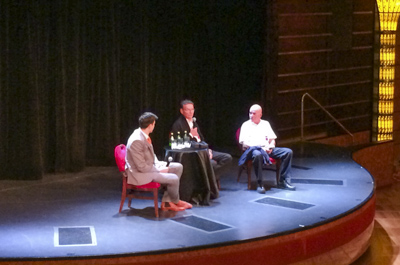
I learned a lot about icebergs/sea ice! Most of the icebergs drop off glaciers on the western coast of Greenland and the currents and wind push them down Iceberg Alley. There are no glaciers on the eastern coast of Canada. The large flat-top icebergs come from the eastern coast. The pieces that split off larger icebergs are called “growlers.” Smaller pieces are called “berger bits.” The Ice Pilots said there were no advanced electronic navigation aids for Greenland. “The coastlines were largely uncharted.” Only paper charts existed for some regions so the Ice Pilots came along to help the captain read the paper charts. Unbelievable!! It was an interesting Q & A session.
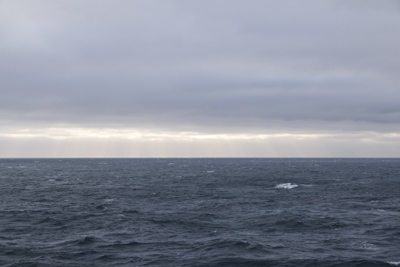
Today is a quiet day to relax. By the late afternoon the wind diminished and the seas were calmer. The ship isn’t rockin’ ’n’ rollin’ as much. Tomorrow we’ll pull into St. Anthony, Newfoundland & Labrador, Canada for a tender ride into town.
We’re approaching the end of our Voyage of the Vikings. It will be good to go home and sleep in my quiet, non-swaying, motionless bed!
